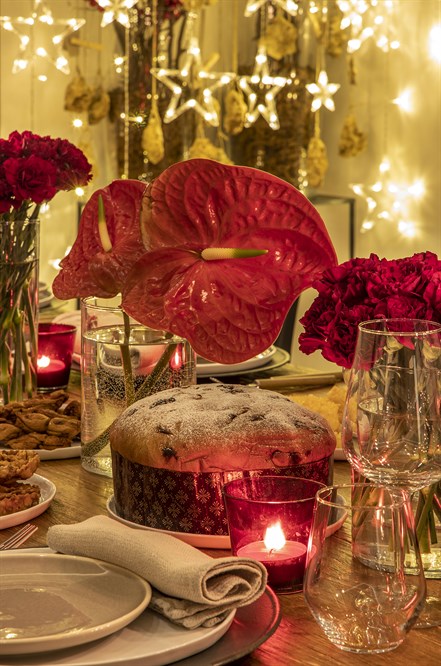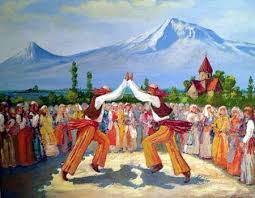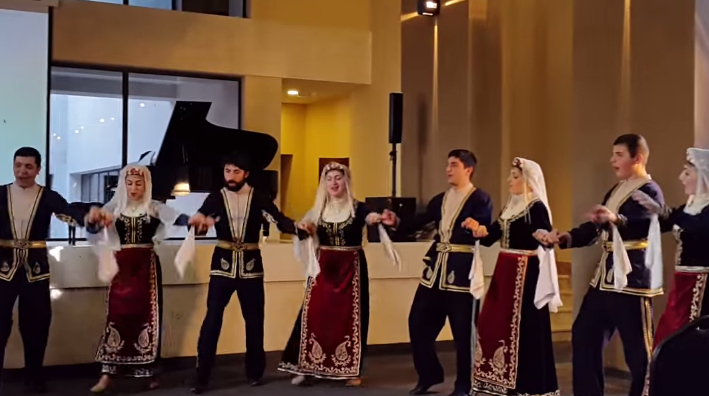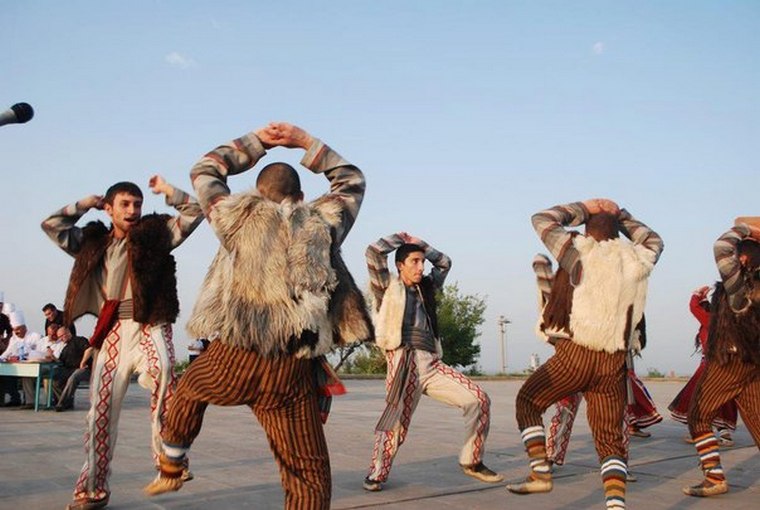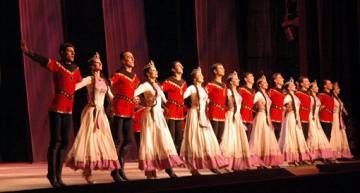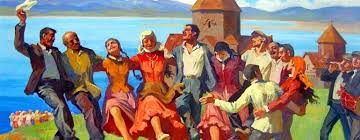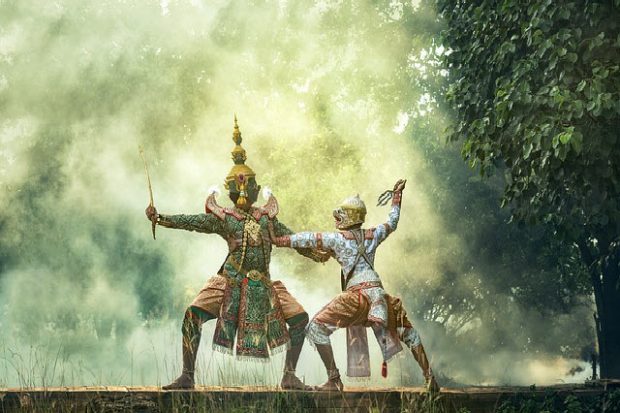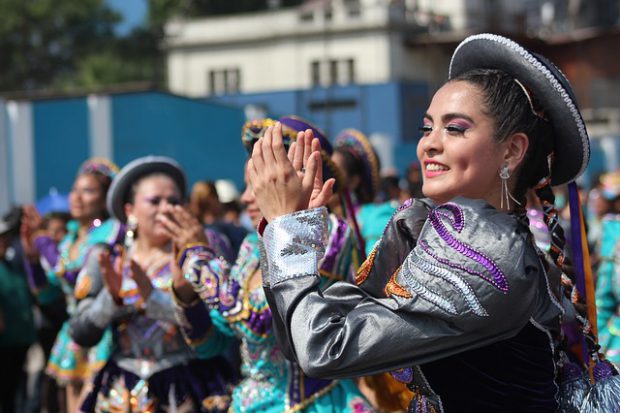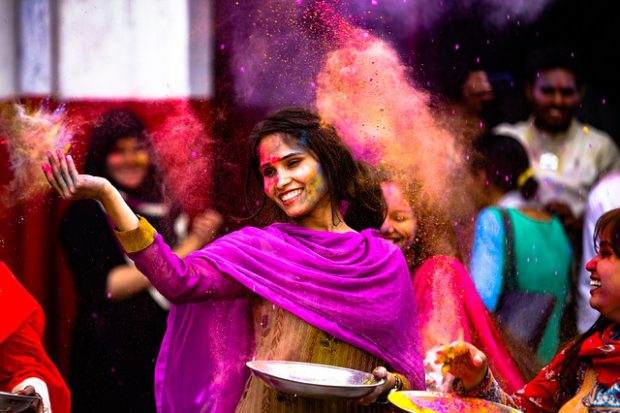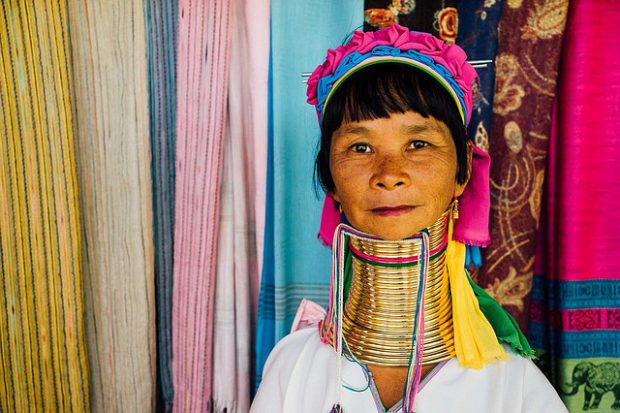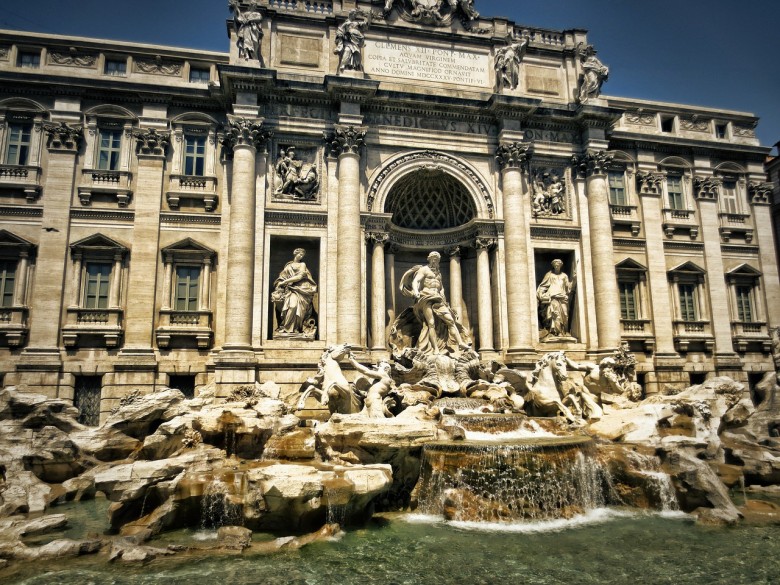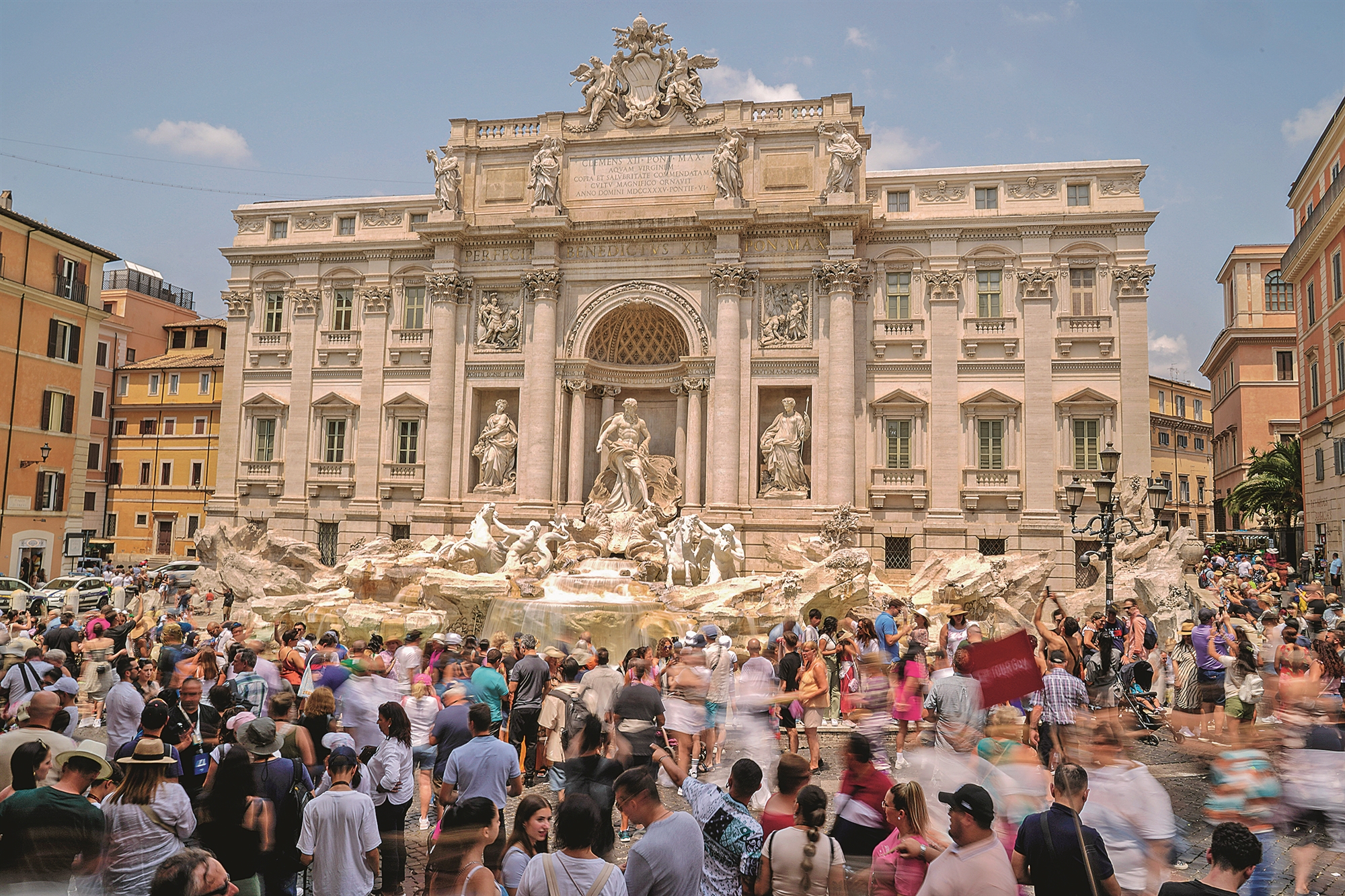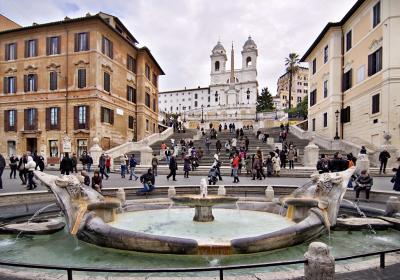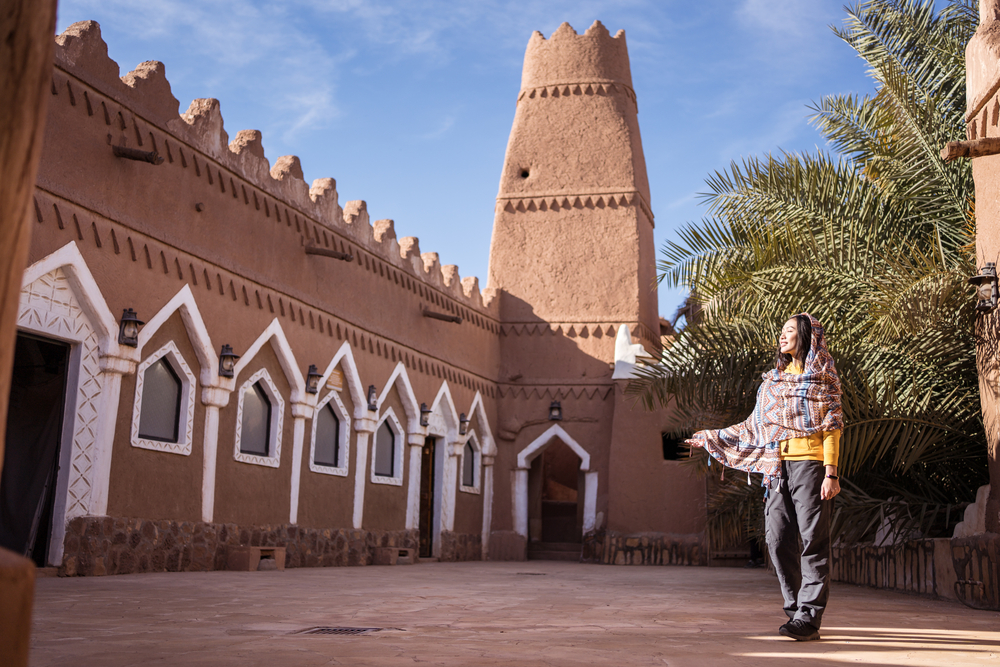What is Christmas in Italy like?
In Italy, food takes priority over gifts and conspicuous consumer consumption. For instance, although Christmas trees can be found in some Italian homes and piazzas, the ornate decorations you might associate with Christmas in the UK and the US are less common in Italy. Instead, the Italian festive season revolves around traditional Catholic holidays and feasting together with friends and family.
Christmas traditions in Italy
The festive season looks a little different in Italy. For a start, Christmas in Italy begins on 8 December, the Day of The Immaculate Conception. On this date, the town squares of Italy are illuminated with glittering lights – and the odd Christmas tree – and Yuletide markets spring up across the country.
In picturesque Alberobello, for example, the Puglian town’s traditional conical trulli are illuminated with colourful lights, stars and half moons. Christmas motifs and snow crystals are projected onto the trulli roofs, creating a truly magical atmosphere as part of the town’s Light Festival.
To experience Alberobello’s Christmas magic for yourself, explore our villas in Puglia or spend Christmas at the breathtaking Villa Eterea, which is just 20 minutes away from the town.
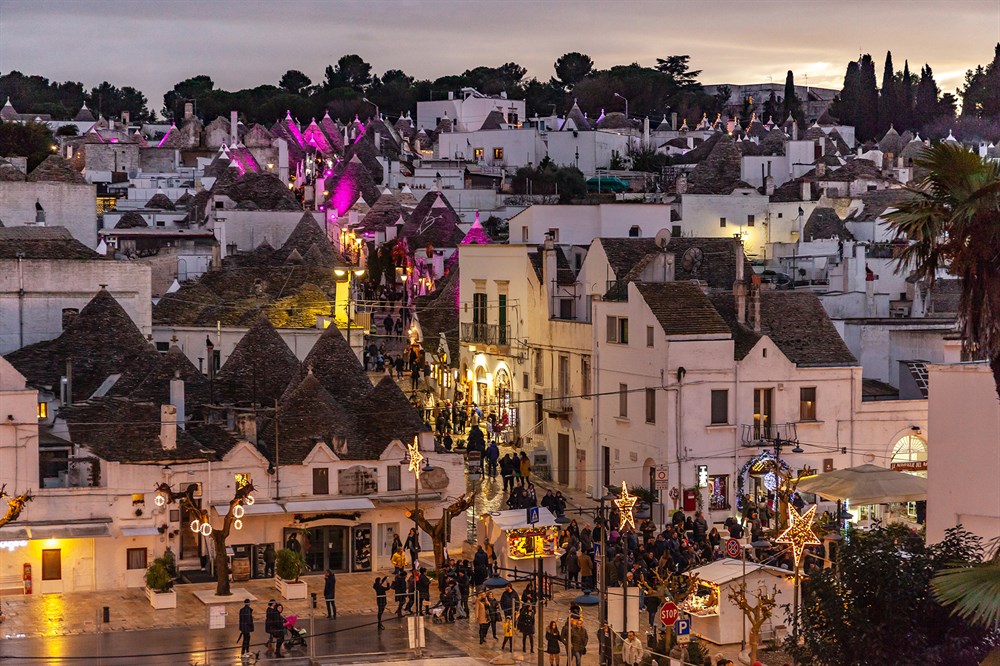
8 DECEMBER: THE IMMACULATE CONCEPTION
The Immaculate Conception is the day that Italians begin assembling their nativity scenes or presepe. Collections of nativity figures known as pastorini are often passed down through generations of Italian families. The scenes these figurines populate are elaborate, going far beyond the conventional nativity characters, sometimes expanding to include entire miniature villages, while less traditional pastorini have been known to include modern celebrities and even politicians. Beautiful – and sometimes silly – hand-carved pastorini can be found in Italian Christmas markets throughout the season.
Elsewhere in the world, it can feel like Christmas goods and marketing appear earlier and earlier each year. However in Italy, Christmastime simply does not start until The Immaculate Conception. From this date onwards, though, you’ll find traditional panettone and Christmas cakes spilling out of every Italian bakery as the country’s winter celebrations get underway.
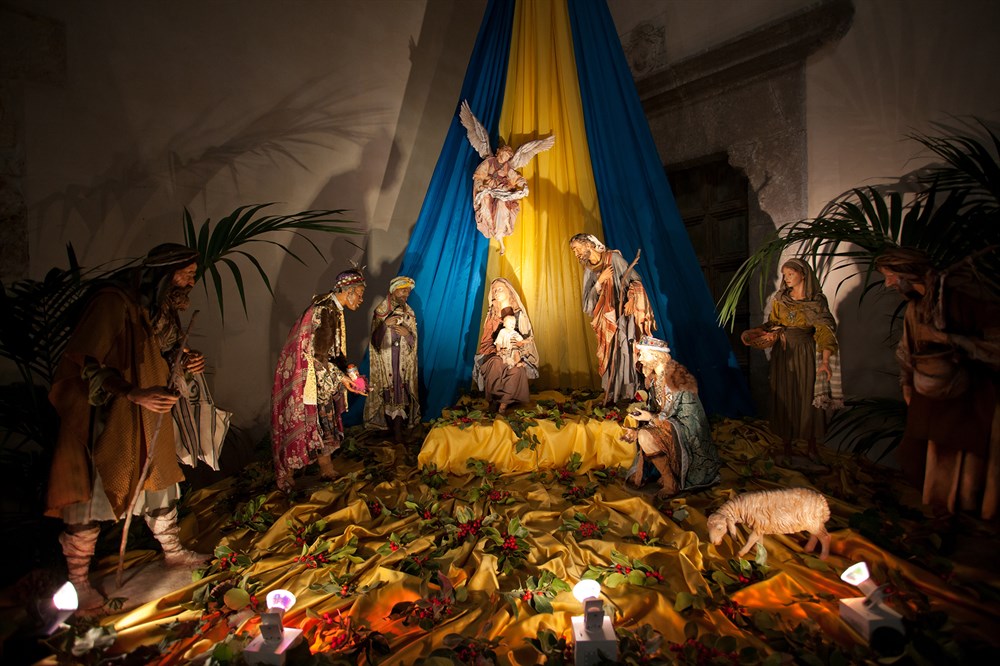
13 DECEMBER: SANTA LUCIA
Following The Immaculate Conception comes Santa Lucia on 13 December. Santa Lucia is not celebrated across Italy, but many Italian towns observe celebrations and claim Santa Lucia as their patron saint.
Italian Santa Lucia traditions are perhaps strongest in the Sicilian city of Syracuse, whose week-long celebrations include fireworks, plentiful sweets and two processions. During Santa Lucia week, the people of Syracuse avoid eating pasta and bread, instead feasting on cuccìa, a recipe combining wheat, honey and wine. This dish was believed to originate from the time Santa Lucia delivered the city from famine by sending two ships loaded with wheat to its shores.
A scenic hour’s drive from Syracuse, the magnificent Rocca delle Tre Contrade is one of Sicily’s most magical places to experience an Italian Christmas – and to be swept up in the festival of Santa Lucia. Accommodating 24 guests, this palatial villa dates back to the nineteenth century and boasts crackling log fires, a host of in-villa services, a heated pool, a tennis courts and even a seven-acre lemon grove with views to both Mount Etna and the Mediterranean. You can explore more villas in Sicily near Syracuse in our complete collection.
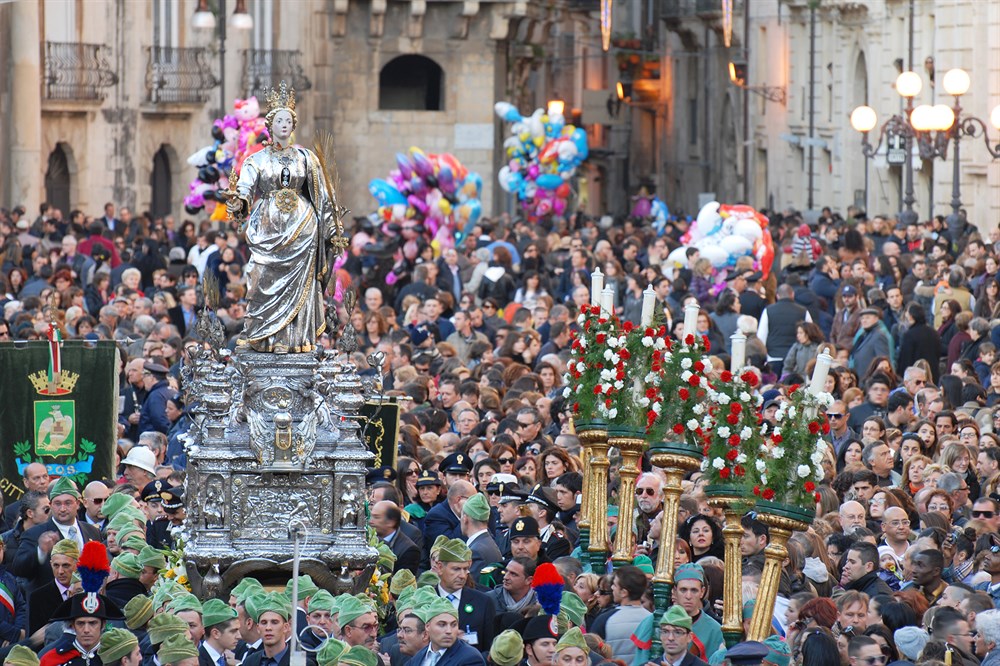
16 DECEMBER: LA NOVENA
Nine days before Christmas, La Novena begins. This period marks the journey of the three wise men on their way to visit the baby Jesus. Religious Italians often spend this period in prayer, while in rural areas, children often go from door to door dressed as the magi, collecting sweets in return for carols and poems. Throughout La Novena, Christmas performances are held at churches and theatres.
24 DECEMBER: LA VIGILIA
The Vigil – or La Vigilia – is held on Christmas Eve. This important Italian event sees families come together to share a feast. Some families will exchange gifts on La Vigilia, although these presents are generally only for the children, whose role on Christmas Eve is to recite poems for the guests. Each Italian region has its own customs when it comes to food, though across the country, La Vigilia menus are almost always pescatarian. The meal lasts late into the night, when families leave their feasting to attend midnight mass.
25 DECEMBER: NATALE
The feasting continues on Christmas Day. On the 25th, meat is back on the menu across Italy, as friends and families continue their festive celebrations with decadent banquets.
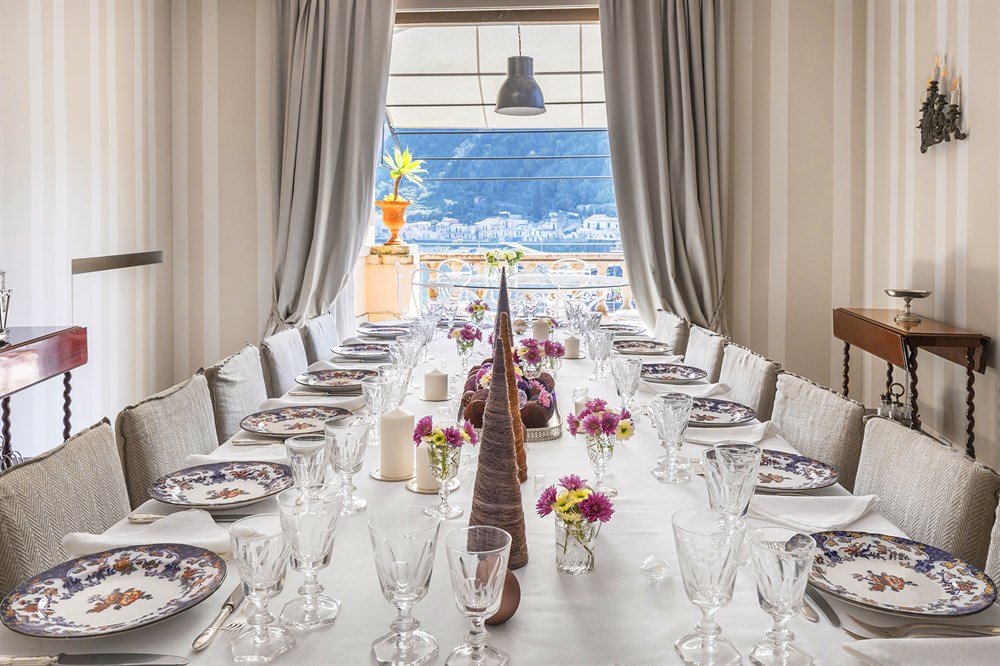
6 JANUARY: EPIFANIA (LA BEFANA)
Although some Italian families now give gifts to children on Christmas Eve or Christmas Day, it is traditional to wait until Epiphany (or Epifania) to give and receive gifts – although this is typically just for children. Babbo Natale (Father Christmas) sometimes sneaks his way into the Italian festivities, but the traditional gift-bringer is La Befana, an ugly yet kindly witch who brings gifts on her broomstick, filling stockings left out by children on the night of Epiphany.
Italy’s Christmas foods and drinks
As you’ll have gathered from our facts about Christmas in Italy, food is absolutely central to Italian Yuletide celebrations. From sweet, freshly-baked panettone to Sicilian cuccìa in honour of Santa Lucia, food is often rich in symbolism and Catholic tradition, bringing people together. To fully experience the winter festivities in Italy at Christmastime, you must try the following dishes:
- Scrumptious sweets – From the 8 December, mouth-watering Italian pastries, cakes and desserts are on the menu. Panettone (sweet bread) is a mainstay across the country, but each region has its own favourite treats, like honey-coated cartellate pastries in Puglia. Christmas Eve desserts of biscotti, torrone (nougat) and pandoro (similar to panettone) are also unmissable delicacies.
- Seafood on Christmas Eve – From frittura di pesce (fried fish) and paranza (mixed small fish) to baccalà (salt cod) and lobster linguine, La Vigila is heaven for seafood lovers. Families traditionally serve a plethora of pescatarian delights on Christmas Eve, with each region’s specialities (like Sicilian swordfish) playing a prominent role.
- Christmas antipasti – The Italian Christmas Day meal lasts for hours, starting with a delectable selection of antipasti before a centrepiece main course of meat (braised beef and roasted veal are popular choices). However, Christmas antipasti are showstoppers in their own right, so expect local speciality cheeses, cured meats, olives, artichokes and much more.
